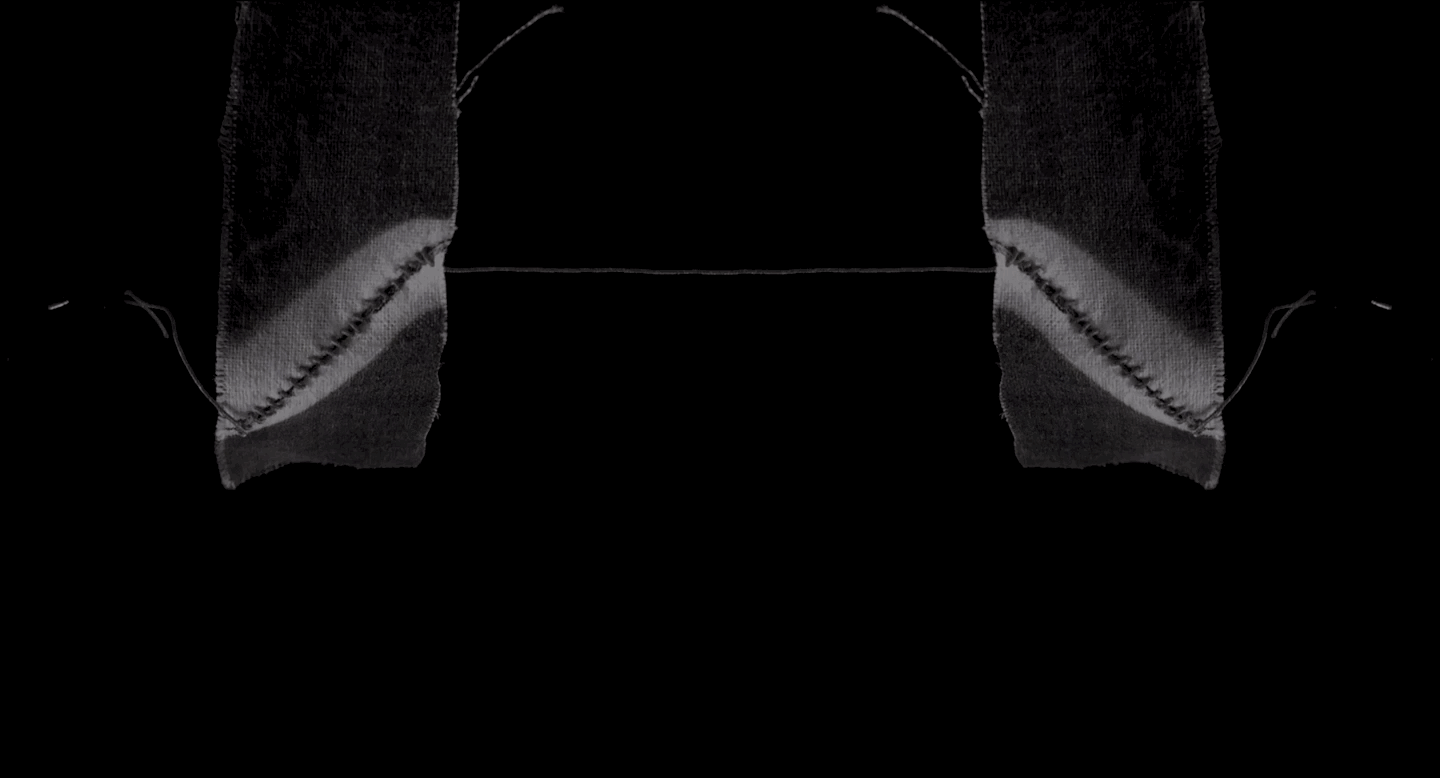Thread Actuators In Motion
MORPHING MATTER
As a graduate student at Carnegie Mellon, my research culminated with the publication of ModiFiber: Two-Way Soft Thread Actuators for Tangible Interaction, which highlighted our teams work on new shape changing thread actuators and their applications. Below is a preview of the technology, but more can be found in Proceedings of the 2019 CHI Conference on Human Factors in Computing Systems.
Scanning Electron Microscope Imagery Of Thread Actuators
Despite thin-line actuators becoming widely adopted in different Human-Computer Interaction (HCI) contexts, including integration into fabrics, paper art, hinges, soft robotics, and human hair, accessible line-based actuators are very limited beyond shape memory alloy (SMA) wire and motor-driven passive tendons. We introduce a novel, yet simple and accessible, line-based actuator— that is, a twisted-then-coiled nylon thread actuator with a silicone coating. This composite thread actuator exhibits unique two-way reversible shrinking or twisting behaviors triggered by heat or electrical current (i.e., Joule heating). ModiFiber is soft, flexible, safe to operate and easily woven or sewn, hence it has a great potential as an embedded line-based actuator for HCI purposes.
ModiFiber has been accepted to the ACM CHI Conference on Human Factors in Computing Systems, and we will present the work in Glasgow, UK in May. Full text of text of the paper can be found in ACM’s Digital Library.
I contributed to a variety of aspects of this project, but primarily in design and build of the fabrication method, application prototypes, and graphical/document design of the submitted paper.
ModiFiber as a twisting actuator. (B) Spinning tassels as fashion style piece. (C) Clothing that engages an origami structure for tunable porosity. (D) A non-invasive haptic feedback actuator that heats and squeezes the user as a notification reminder. (E) Smart packaging for a self-stirring tea bag. (F) The semi-automated machine used to fabricate such actuators.
We designed a semi-automated machine implementing a two-phase process of coiling and collecting, which we have used to obtain working lengths of approximately 2-3 meters.
We embedded the ModiFiber shrinking actuator into the sleeves of a shirt for on-body haptic feedback. The sleeve can react to a variety of conditions- ranging from text message notification to barometric pressure drops to activate the garment. When triggered, the actuator begins to warm and constrict around the user’s arm. Once deactivated, the actuator relaxes and the shirt loosens.
ModiFiber thread actuators can provide two reversible actuation types: shrinking actuation and twisting actuation.
ModiFiber structure: (A) depicts a twisted nylon thread with (B) a silver coating. The coiled muscle is then coated in silicone C. (D) depicts the elongated polymer chains before heating and (E) depicts the contracted polymer chains after heating
We implemented actuators into two garments to demonstrate the potential for these applications in transformative fashion. The actuators are well-suited to these applications, as external restorative forces, like weights or a spring, are not feasible for wearables.








